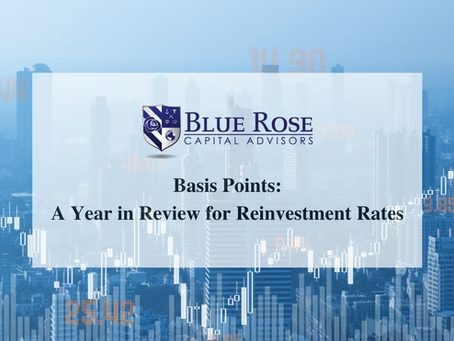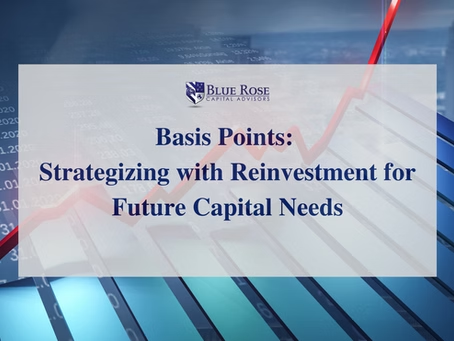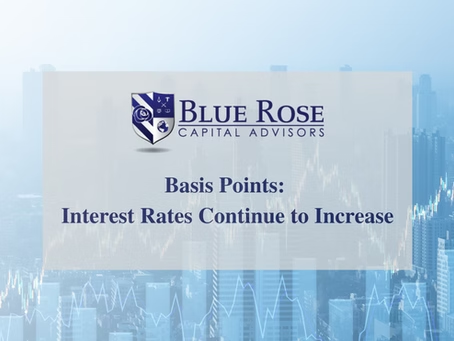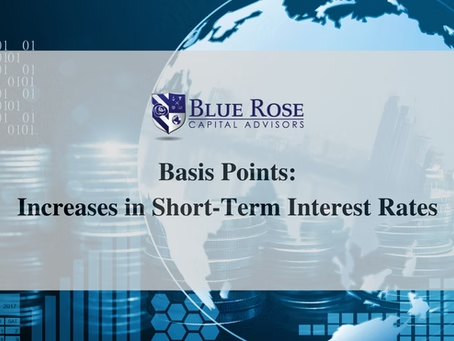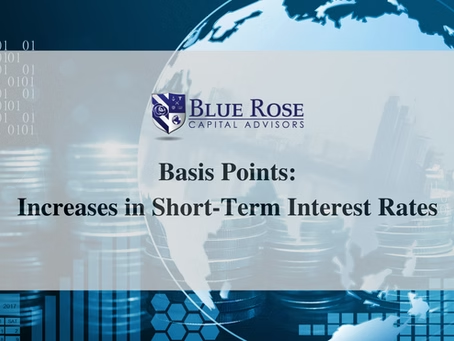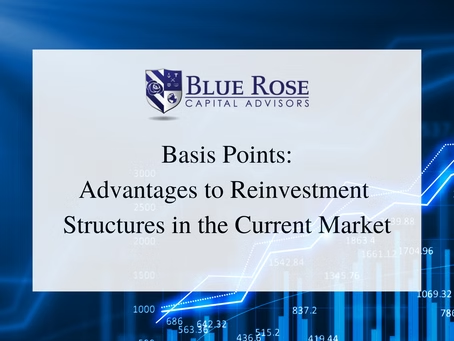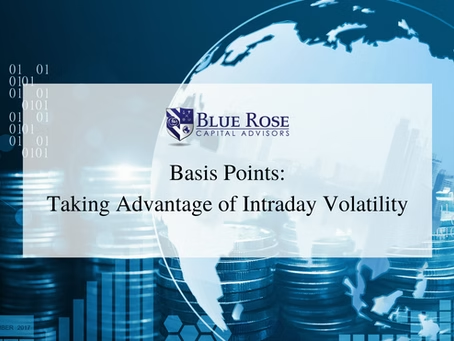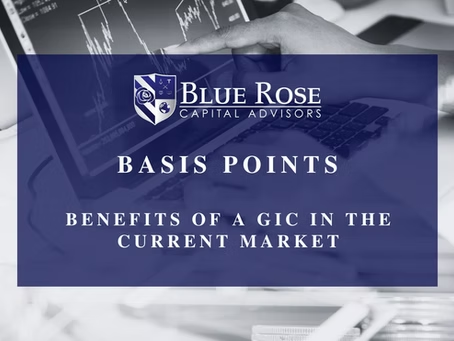
Basis Points: Benefits of a GIC in the Current Market
At Blue Rose, we’re seeing many issuers are evaluating the trade-off between risk and return associated with Guaranteed Investment Contracts (“GICs”) for the investment of bond proceeds. While both a repurchase agreement (“repo”) and GIC can offer the certainty of a fixed rate of return, capital preservation, and intended liquidity, a GIC can result in a much higher yield


